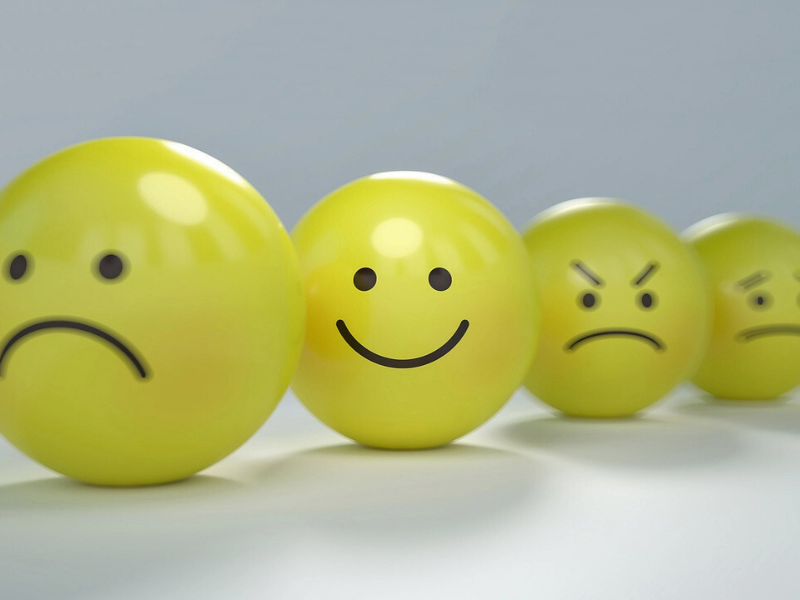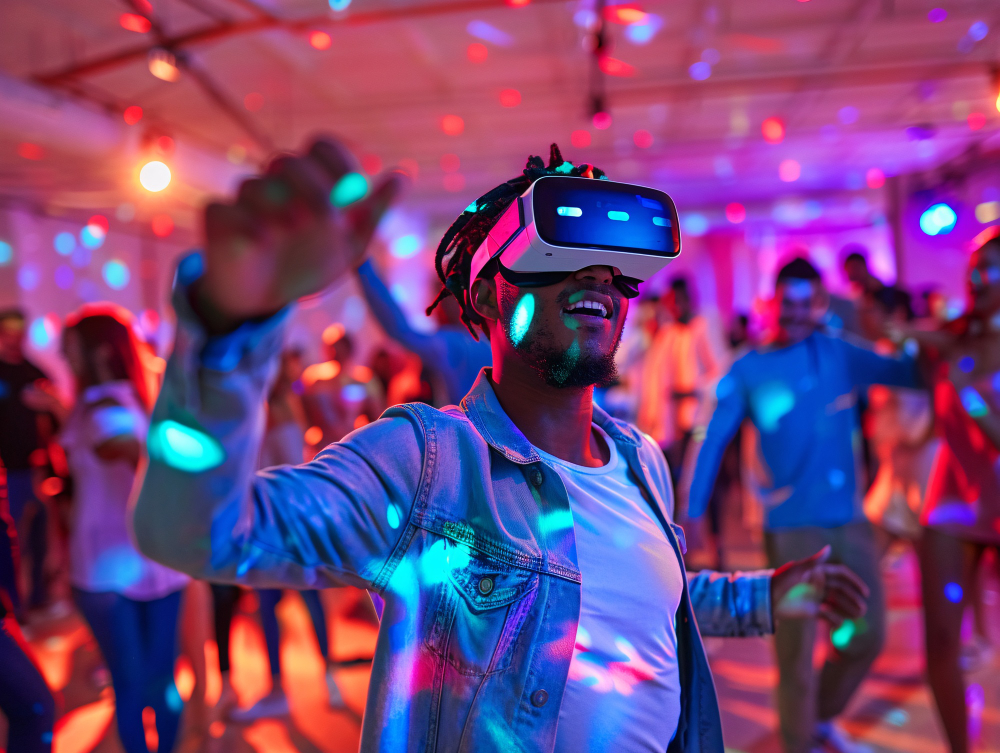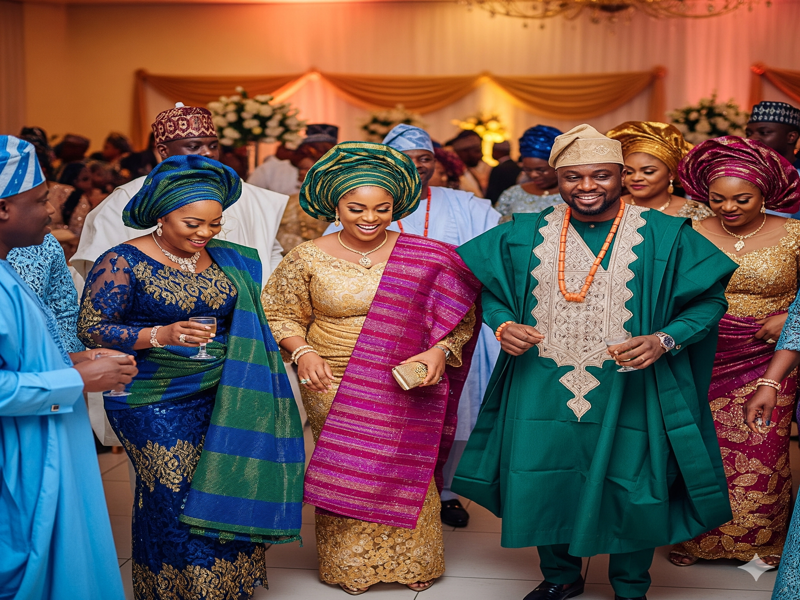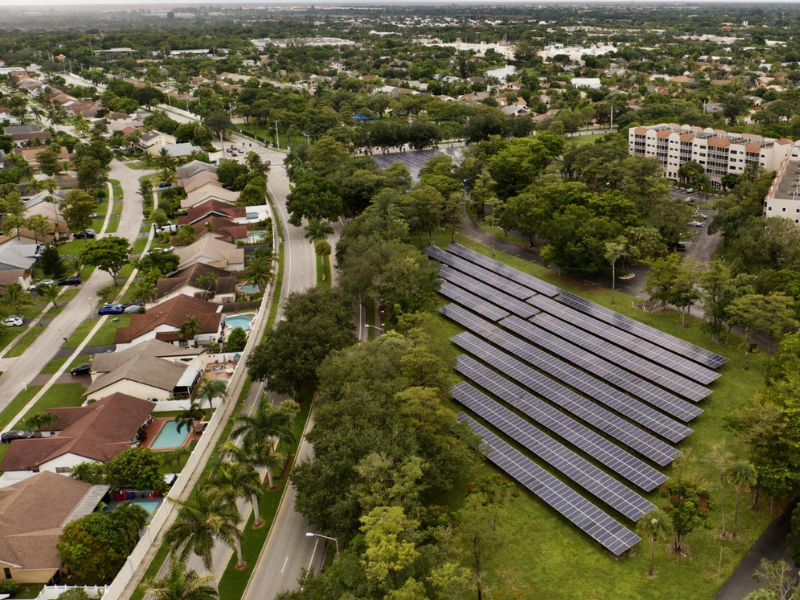Human behaviour and decision-making are greatly influenced by emotions, which is why incorporating emotional design into event management is a better way to enhance the attendee experience. Emotional design is therefore a major concern that must be given prominence because of its great benefit of triggering positive psychological responses from audiences.
We will explore why emotions have become a vital tool for business in recent times, especially in event design. You will also gain insight into how event professionals can leverage emotion to capture the desires and interests of attendees and ultimately meet their event goals.
Table of Contents
Let’s begin by understanding emotional design in event management
What is emotion design in event management?
According to designhill, “Emotional design is a method of design that aims at creating experiences or products that elicit a positive mental response in consumers.” It aids brands in developing a bond between the product and its consumer. The visual aspects of such products act as catalysts.
However, in event management, emotion design can be explained as the deliberate inclusion of elements that provoke specific feelings and connections among attendees. It includes using sights and sounds, aesthetics, and interactive experiences to generate an emotional and unforgettable impact.
The major significance of leveraging this design is to build an emotional bond between the event and the attendees, assist in building loyalty and increase the attainment of event objectives.
1. Learn how to apply the emotional design principle
The underlying reason for applying the design principle is to help offer a better attendee experience. There are a few interesting design principles that you can consider; they are as follows:
Leverage Colour psychology and lighting.
In event design, colour psychology and lighting are crucial factors that affect attendees’ moods, perceptions, and environment as a whole. Use colours to tell stories and engage the emotions of the attendees. In the same vein, lighting inspires vitality and creates a lively atmosphere that powers the expectations of the attendees.
Organization of spaces and event flow or sequences:
It is essential for event professionals to consider the intelligent use of space in venues. They control how visitors move through the space, affecting how they feel. Make sure that thoughtful layouts allow for seamless transitions between these areas so that interaction and engagement can be increased to the fullest.
Leverage the sense of sound and touch.
You should meticulously choose the right sound that will blend with the atmosphere you intend to create. A meticulously chosen soundtrack creates the atmosphere, while carefully chosen smells trigger particular feelings and memories
Use of interactive elements and engagement techniques:
These are elements that will promote active engagement, converting inactive attendees into active participants. They may be as follows: discussion forums, live polls, interactive displays, and gamification.
2. Learn the emotions you should target during your events
To have a successful implementation of the emotional design in your events, there is a need to consider the emotion that you should target in your audience for there to be successful engagement.
Joy and excitement: Event professionals should create opportunities that will raise the emotions of joy and excitement.
Surprise and satisfaction: Surprises for many never leave their memories; this emotion, when triggered, has the potential to create an eventful experience.
Inspiration and motivation: This emotion is evoked when there is a deep sense of connection with a shared interest. Programs and activities that can evoke this are necessary.
Comfort and relaxation: No matter the program you put on the ground, if this atmosphere is not enabled, then it could just amount to a waste of time and resources.
3. Learn how to measure the impact of emotional design in event management
The evaluation of the impact of the implementation of the emotional design principle is crucial to the success of the design. It will help to determine what works and what does not fit in the strategy as related to your event objectives or goals and then your audiences. Much more is that it will help to determine the best-fit emotional response of the attendees to a specific need.
Methods such as surveys, polls, feedback forms, detectable facial expressions, and other recognizable body language can provide very useful insights for the evaluation exercise. Not also leaving out discussions on selected social media platforms.
These evaluations are expected to have a significant impact on your future implementation of the emotional design in managing the next cooperative or informal event in your kitty. By now, you will have discovered what the attendees need to trigger that emotional connection that you need.












3 Comments
[…] of difference in the design. The venue you provide for the event can send a lot of signals that the attendees may perceive to be positive or unfavourable. […]
[…] Therefore, Nigerian event management professionals must begin to consider choosing eco-friendly event venues that incorporate sustainability features such as efficient lighting systems such as LEDs, which are […]
[…] it also involves interpreting and carefully responding to what is said. You can pick up on details, emotions, and unspoken signals if you pay the speaker your full […]